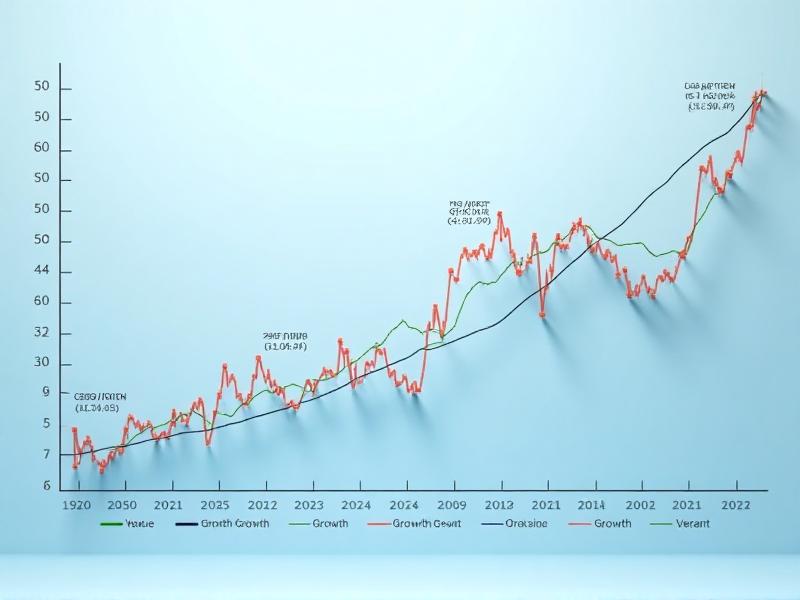
Your Perfect Weekend Guide to South Beach, Miami

Unforgettable Pilgrimages: Top Temples in Andhra Pradesh

How to Invest in Gold and Precious Metals

How to Use Fintech for Debt Management
How to Use Options for Income Generation
Apr 24, 2025 By Juliana Daniel
Understanding the Basics of Options Trading
Options trading can seem intimidating at first, but understanding the basics is crucial for anyone looking to generate income through this financial instrument. An option is a contract that gives the buyer the right, but not the obligation, to buy or sell an underlying asset at a predetermined price within a specified period. There are two main types of options: calls and puts. A call option allows the buyer to purchase the asset, while a put option allows the buyer to sell it.
One of the key concepts in options trading is the strike price, which is the price at which the underlying asset can be bought or sold. The expiration date is the last day the option can be exercised. Understanding these terms is essential for making informed decisions. Additionally, options have a premium, which is the price paid for the contract. This premium is influenced by factors such as the underlying asset's price, volatility, time until expiration, and interest rates.
To start trading options, you'll need a brokerage account that supports options trading. Many brokers offer educational resources and tools to help beginners get started. It's also important to familiarize yourself with the risks involved. While options can offer significant returns, they can also lead to substantial losses if not managed properly. Therefore, it's crucial to start with a clear strategy and a thorough understanding of the market.
Strategies for Generating Income with Options
There are several strategies that traders can use to generate income with options. One popular approach is selling covered calls. This involves owning the underlying asset and selling call options against it. The premium received from selling the call provides immediate income. If the stock price remains below the strike price, the option expires worthless, and the seller keeps the premium. However, if the stock price rises above the strike price, the seller may have to sell the asset at the strike price.
Another strategy is selling cash-secured puts. In this case, the seller agrees to buy the underlying asset at the strike price if the option is exercised. The premium received provides income, and if the option expires worthless, the seller keeps the premium. This strategy is often used by investors who are willing to buy the asset at a lower price and earn income while waiting.
For more advanced traders, strategies like iron condors and credit spreads can be used to generate income. These strategies involve selling both a call and a put option, or selling one option and buying another with a different strike price. The goal is to profit from the time decay of the options, as long as the underlying asset's price remains within a certain range. These strategies require a good understanding of market conditions and risk management.
Risk Management in Options Trading
Risk management is a critical aspect of options trading. One of the most important rules is to never invest more than you can afford to lose. Options trading can be highly volatile, and it's essential to have a clear plan for managing potential losses. One way to manage risk is by setting stop-loss orders, which automatically sell an option if it reaches a certain price. This can help limit losses and protect your capital.
Another risk management technique is diversification. Instead of putting all your capital into a single option, consider spreading your investments across different assets and strategies. This can help reduce the impact of a single loss on your overall portfolio. Additionally, it's important to monitor your positions regularly and adjust your strategy as needed based on market conditions.
Understanding the Greeks is also crucial for risk management. The Greeks are a set of measures that describe the sensitivity of an option's price to various factors. Delta measures the sensitivity to the underlying asset's price, while gamma measures the rate of change of delta. Theta measures the sensitivity to time decay, and vega measures the sensitivity to volatility. By understanding these measures, traders can better assess the risks and potential rewards of their options positions.
Advanced Techniques for Maximizing Returns
For experienced traders, there are advanced techniques that can be used to maximize returns with options. One such technique is the use of leverage. Options provide leverage because they allow traders to control a large amount of the underlying asset with a relatively small investment. However, leverage can amplify both gains and losses, so it's important to use it cautiously and with a clear understanding of the risks involved.
Another advanced technique is the use of spreads. Spreads involve buying and selling options with different strike prices or expiration dates. For example, a bull call spread involves buying a call option with a lower strike price and selling a call option with a higher strike price. This strategy can help limit potential losses while still allowing for significant gains. Similarly, a bear put spread involves buying a put option with a higher strike price and selling a put option with a lower strike price.
Finally, traders can use options to hedge their portfolios. Hedging involves using options to protect against potential losses in other investments. For example, if you own a stock that you believe may decline in value, you can buy a put option to protect against potential losses. This can help reduce the overall risk of your portfolio and provide peace of mind in volatile markets.
Common Mistakes to Avoid in Options Trading
Even experienced traders can make mistakes when trading options. One common mistake is not understanding the underlying asset. Options are derivatives, meaning their value is derived from the underlying asset. Therefore, it's essential to have a good understanding of the asset's fundamentals and market conditions before trading options on it. Without this knowledge, traders may make decisions based on incomplete or incorrect information.
Another common mistake is overtrading. Options trading can be exciting, and it's easy to get caught up in the action. However, overtrading can lead to excessive transaction costs and increased risk. It's important to have a clear strategy and stick to it, rather than making impulsive decisions based on short-term market movements. Additionally, traders should avoid chasing after high-risk, high-reward opportunities without a solid understanding of the potential risks involved.
Finally, traders should avoid neglecting risk management. As mentioned earlier, risk management is crucial in options trading. Failing to set stop-loss orders, diversify, or monitor positions can lead to significant losses. It's important to have a disciplined approach to trading and to always be aware of the potential risks involved in each trade.

The Financial Impact of Social Comparisons

The Role of Financial Planning in Career Transitions

Social Security and Cost-of-Living Adjustments (COLA)

How to Save Money on Home Energy Bills

How to Invest in Value Stocks for Long-Term Gains

How to Use Options for Income Generation

The Future of Peer-to-Peer Insurance

How to Use Robo-Advisors for Retirement Planning
Advertisement
